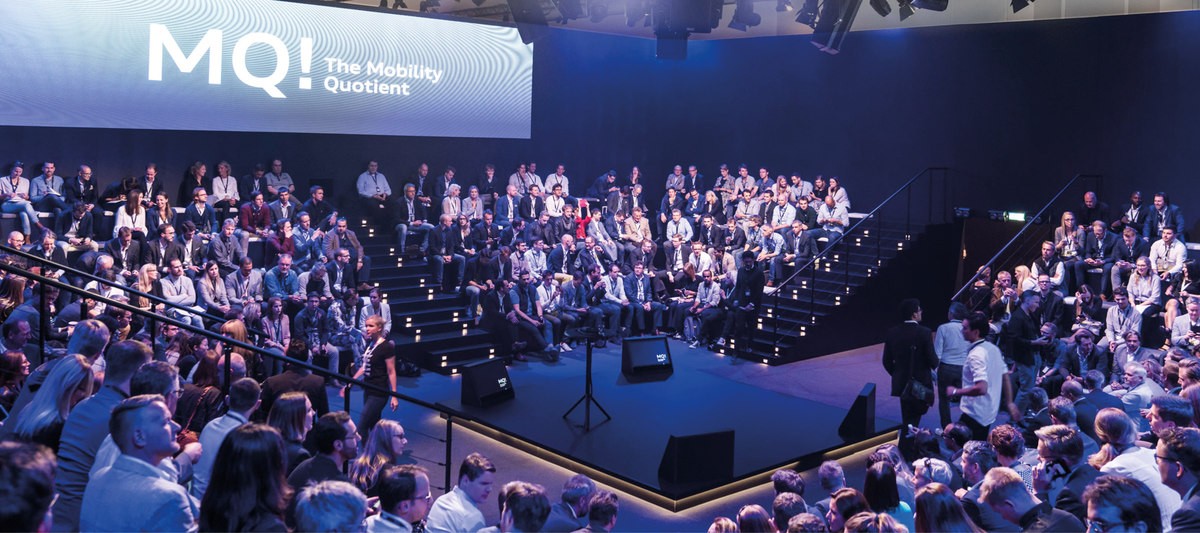
Never stop questioning
Whoever wants to break new ground has to do their homework first. As part of this process, it’s natural for questions to arise. At the first Audi Innovation Summit “MQ! The Mobility Quotient,” inquisitiveness was not just permitted but actively promoted.
Birte Mußmann (copy) & AUDI AG (photo & video)
Steve Wozniak, co-founder of Apple Computer:
„What I define the mobility quotient as? A level of freedom.“
Even a cursory glance at the future of mobility shows that just a few decades will bring trailblazing changes. And one of the momentous aspects is the highest level of autonomous driving, Level 5. Thanks to highly advanced driving assistants, the car of the future could be capable of getting from point A to point B all by itself. The driver becomes the passenger and can use this travel time for other things. Audi dubs this time gained the “25th hour,” dividing the ways of using it into quality time, productive time and time for regeneration. This vision of the future also comprises smart cities that can communicate with citizens and vehicles. And vehicles with each other. Traffic jams and gridlock? A problem that could soon be a distant memory. The first generation of concept cars such as the Audi Aicon provide an initial glimpse into what this future may look like at Audi. They make it crystal-clear that the “fiction” is rapidly disappearing from “science fiction.” And yet, while many basic issues have already been resolved, the broad range of research possible in the field of mobility continues to raise a host of new questions. Around 400 experts, visionaries and unconventional thinkers from around the world got to grips with some of these unresolved issues at the first Audi Innovation Summit “MQ! The Mobility Quotient” in Ingolstadt, Germany. Participants like Apple co-founder Steve Wozniak, Google X’s Chief Business Officer Mo Gawdat and Wikipedia CEO Jimmy Wales presented their views. The workspaces that followed with representatives from various Audi departments gave attendees the chance to discuss the future of mobility from a variety of perspectives and contribute new ideas to advancing the field. Along the lines of the Wikipedia entry, the event broke down the concept of mobility into its dimensions of space and time, society and sustainability. The primary goal was not to try and answer all of the questions in two days but to inject new impetus into the discussion and to define new areas of inquiry for further investigation at subsequent events. After all, the theme of the Summit was “never stop questioning”—because progress is a process that never stops evolving. In every dimension.
Jimmy Wales, entrepreneur and founder of Wikipedia: „There is nothing more mobile than knowledge.“
David Rowan, Editor-at-large of Wired UK:
“We shouldn’t measure mobility to optimize ourselves.“
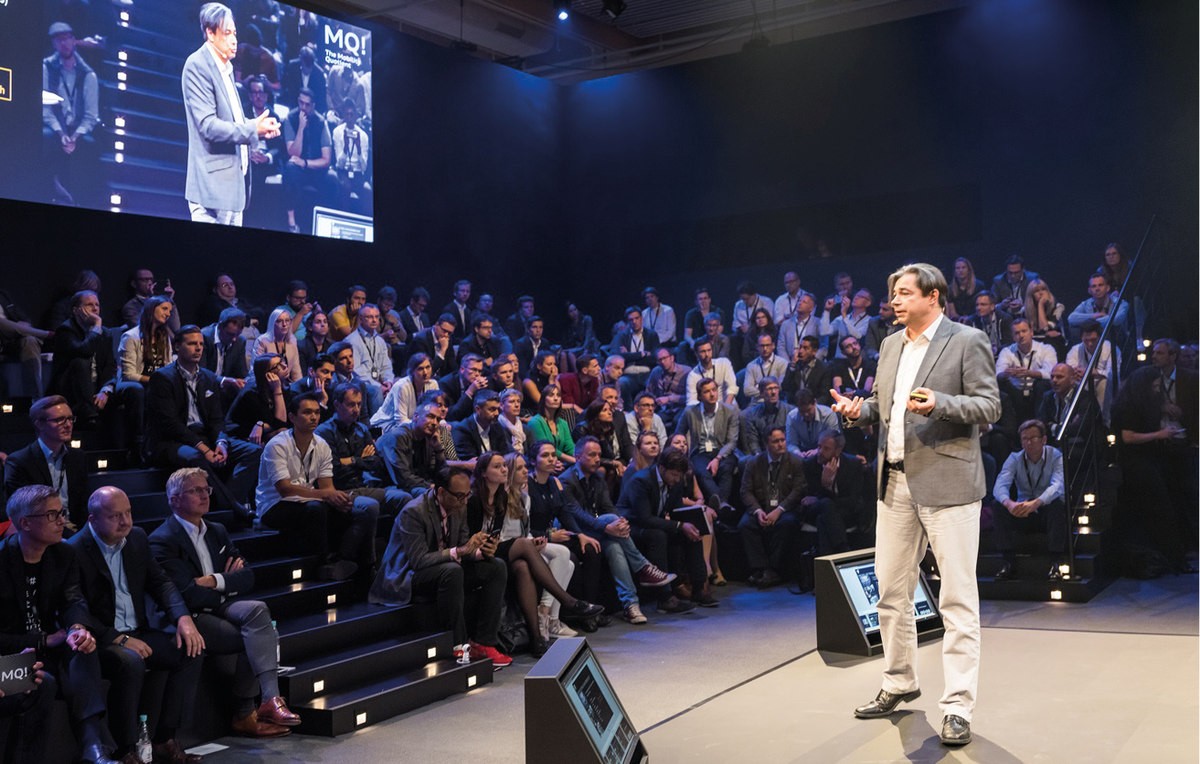
Spatial mobility:
What are the limits of mobility in a multi-dimensional world?
Spatial mobility does not just include the movement of people, material and virtual goods or information from one place to another. It encompasses mobility in its entirety—before, during and after movement—and extends to a proactive strategy and mobility’s virtual aspects.
Sacha Vrazic, autonomous driving specialist:
“Children who are born today will never learn to drive themselves.”
Social mobility:
Which factors influence mobility within social structures?
Social mobility is defined as movement along the socio-economic ladder—a vertical climb or decline in social status as well as horizontal movement, such as a career change. It is an essential element of participation in social and cultural life. Factors such as the permeability of organizations, collaboration and work models influence social mobility, as do support programs and financing systems.
Anna Nixon, 17-year-old robotics pioneer:
“What’s most important for social mobility? Curiosity. Everyone needs to learn continuously.”
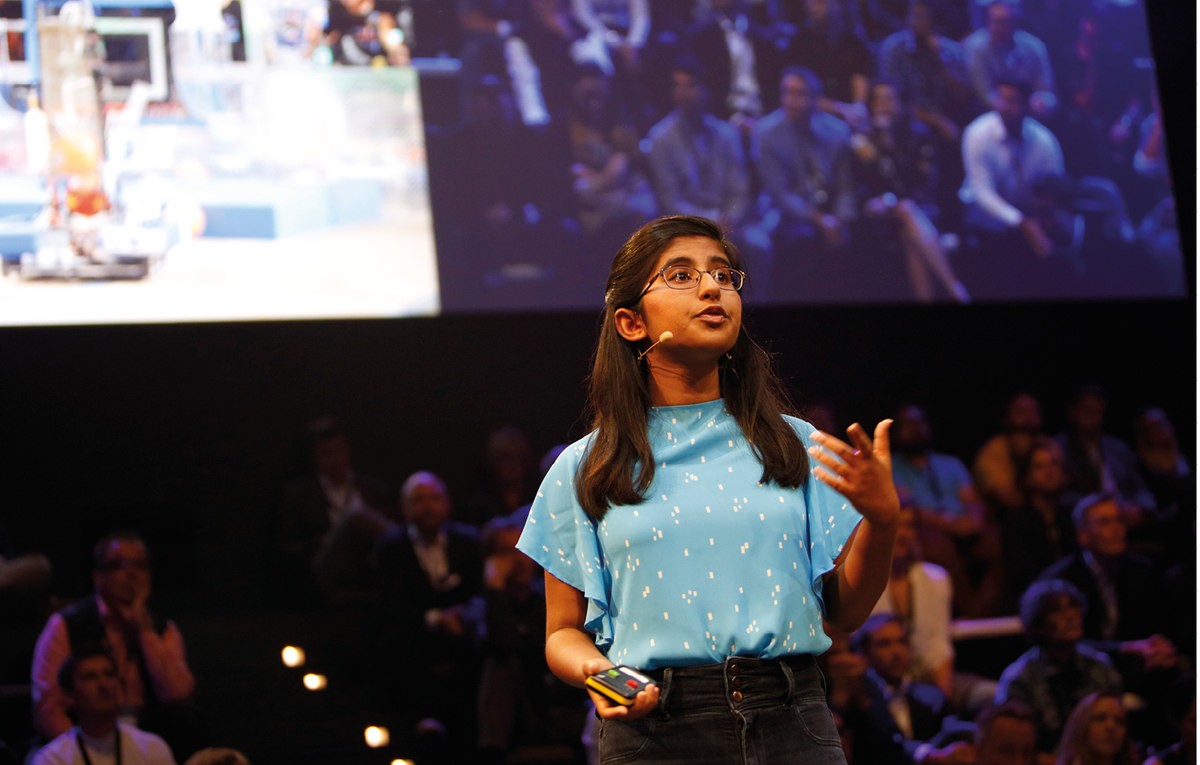
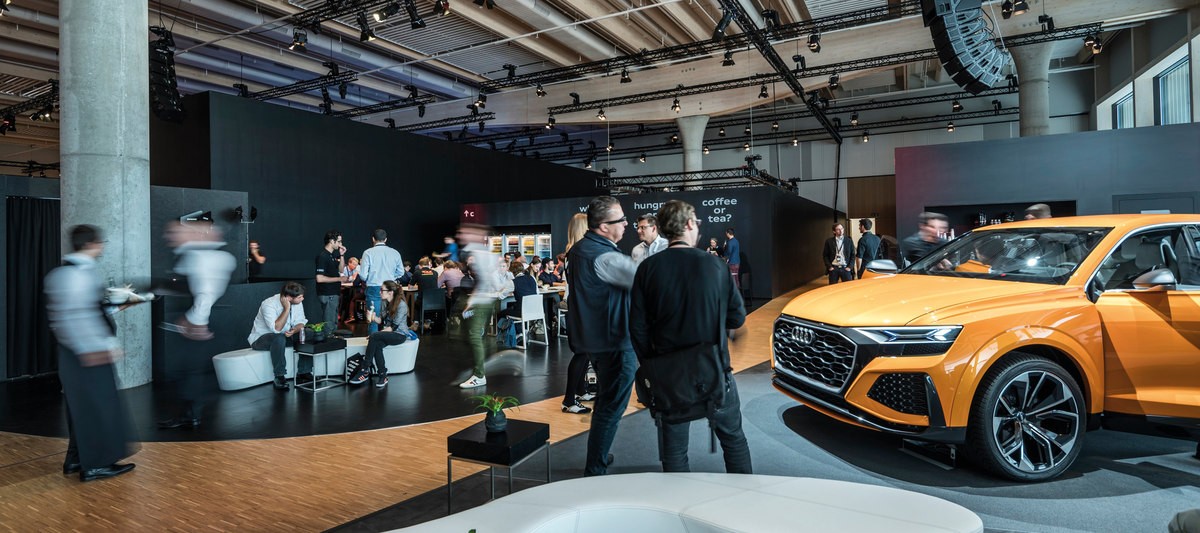
Temporal mobility:
To what extent can mobility remove the constraints of time?
Temporal mobility is defined as the chronologically flexible availability of people, goods and information. A subcategory, e-mobility, refers to the temporally and spatially independent execution of processes via the Internet. E-mobility pervades modern life thanks to the wide availability of connected services and devices that in turn have an impact on our motion patterns.
Mo Gawdat, Chief Business Officer at Google X:
“Almost anything you’ve seen in sci-fi is a part of your life today.”
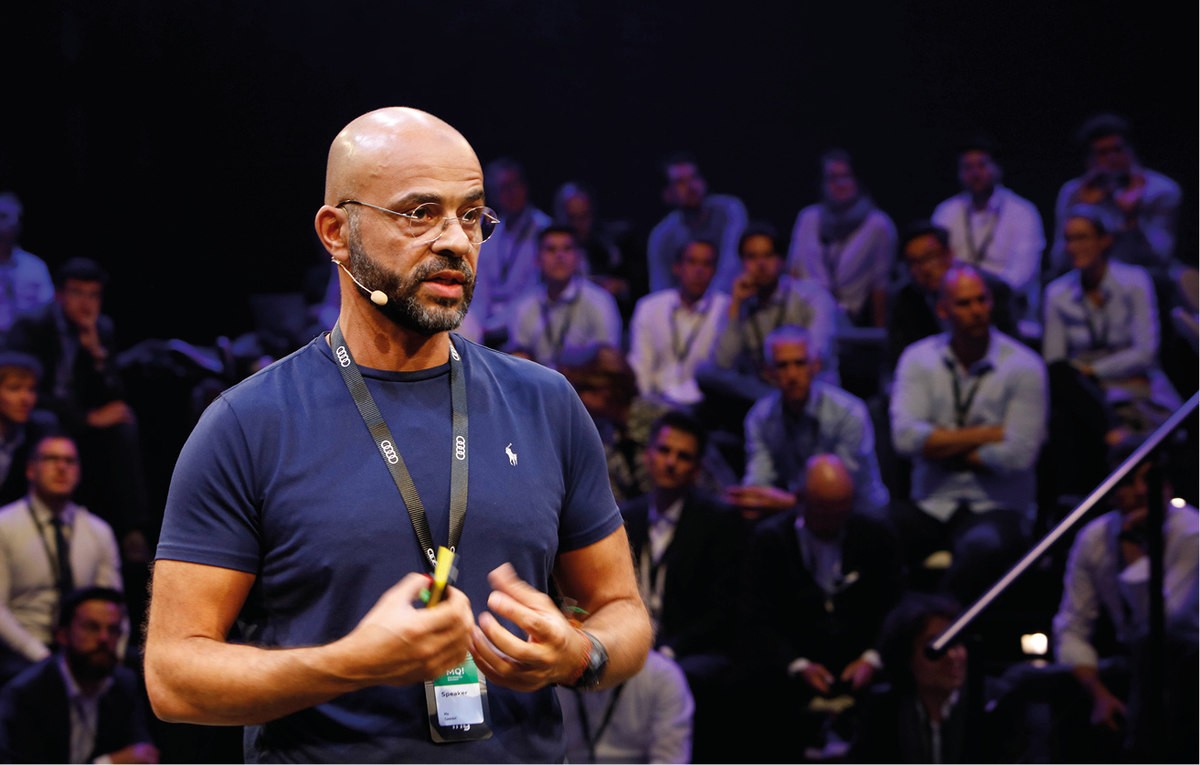
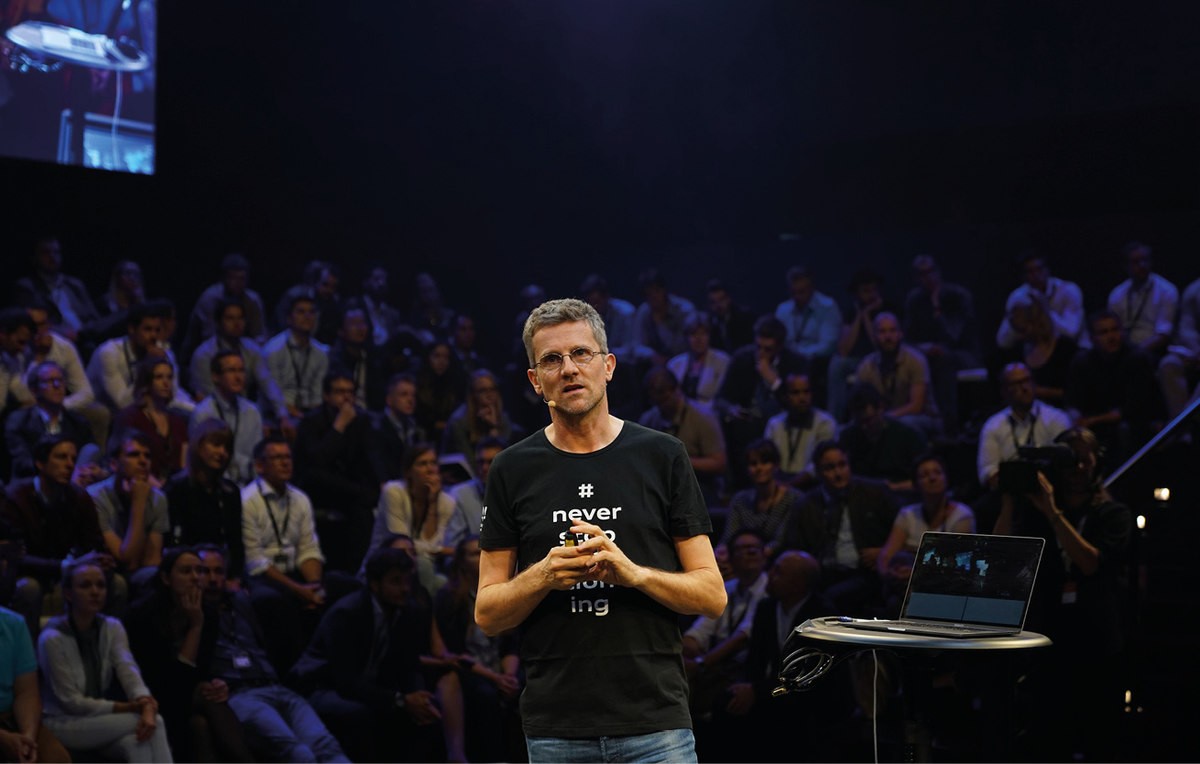
Sustainable mobility:
How can mobility be as resource-friendly as possible?
Sustainability is a guiding principle for the wise use of natural resources focused on conserving a system’s defining characteristics, maintaining its stability and promoting its natural ability to regenerate. Sustainable mobility therefore encompasses all aspects of movement contributing to the preservation of systems.
Carlo Ratti, Director, MIT Senseable City Lab and CRA studio:
“When objects talk back to us, they can tell us unexpected stories.”
MQ in numbers:
400
participiants
25
hours
12
workspaces
10
speakers